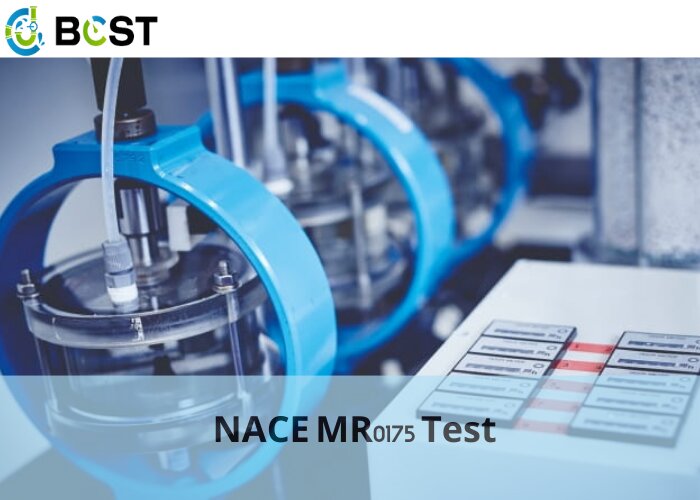
Sulfide stress cracking (SSC) is a form of hydrogen embrittlement and is a cathodic cracking mechanism.It should not be confused with stress corrosion cracking, which is an anodic cracking mechanism.Sensitive alloys, especially steels, react with hydrogen sulfide (H2S) to form metal sulfides (MeS) and atomic hydrogen (H-) as corrosion byproducts. Atomic hydrogen either combines on the metal surface to form H2 or diffuses into the metal matrix. Since sulfur is a hydrogen recombination poison, the amount of atomic hydrogen that recombines at the surface to form H2 is greatly reduced, thereby increasing the amount of atomic hydrogen that diffuses into the metal matrix. This is what makes the humid H2S environment so harsh.

Since SSC is a form of hydrogen embrittlement, it is most likely to crack at or slightly below ambient temperature. Sulfide stress cracking is of particular importance in the gas and oil industry, where processed materials (natural gas and crude oil) typically contain significant amounts of hydrogen sulfide. Equipment in contact with H2S environments can be evaluated according to NACE MR0175/ISO15156 for oil and gas production environments or NACE MR0103 for oil and gas refining environments.
NACE MR0103/ISO17945 for oil and gas refining environments for sour service ratings. “High Temperature Hydrogen Attack” (HTHA) does not rely on atomic hydrogen. At high temperatures and high hydrogen partial pressures, hydrogen can diffuse into carbon steel alloys. In susceptible alloys, hydrogen combines with carbon in the alloy to form methane. Methane molecules create a pressure buildup in the metal lattice voids, causing the metal to become brittle or even crack.
The SSC test standard describes a number of different procedures to simulate and evaluate a material’s response to the combination of mechanical strength and corrosion attack. Various H2S solutions and chloride content solutions can be used to simulate acidic environments.One test method specifies a procedure for loading a tensile test specimen in a container containing a corrosive solution at a specific stress level. The “stress ring” is a practical and precise instrument for evaluating resistance to SSC.
Another method is to deflect a series of rectangular specimens by applying different bending stresses by means of a specific instrument, such as a four-point bending jig. Based on the test data of several specimens at different deflections, the critical threshold stress factor (Sc) was calculated. The specimens were immersed in an acidic solution for 720 hours, then removed, cleaned and inspected for the presence of cracks.






